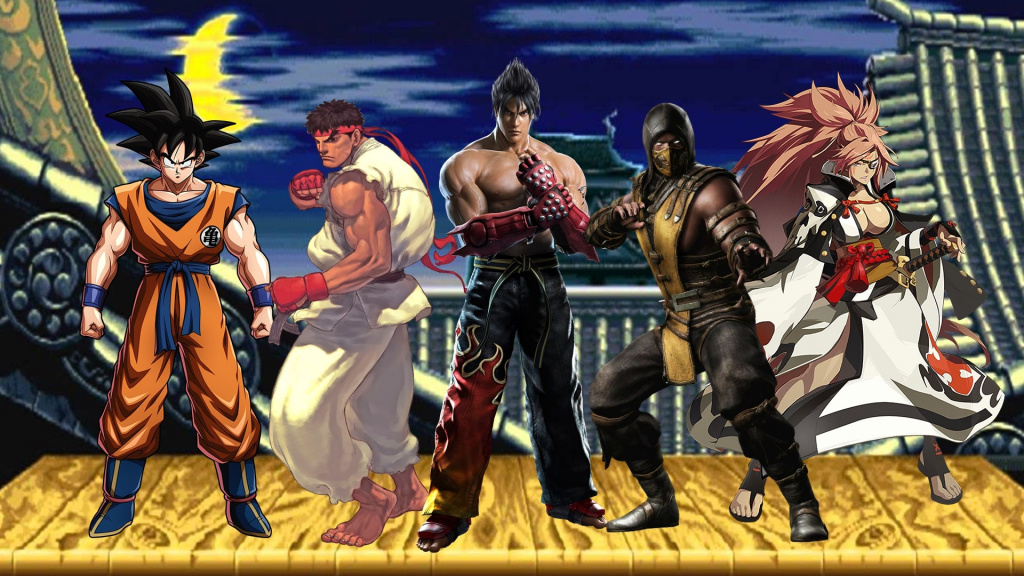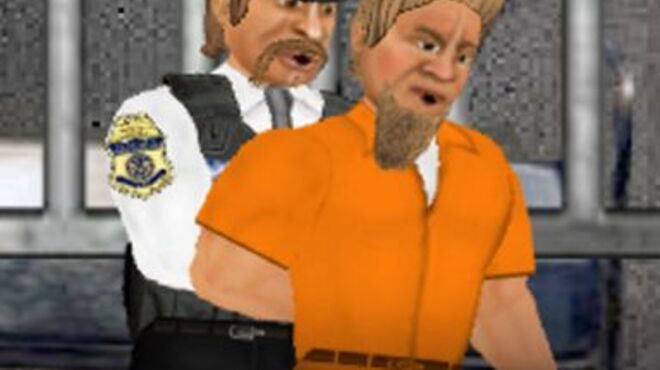
To minimize the amount of time characters in Dragon Age bob like idiots when it’s not their turn the attack animations are extended into dizzying combos so that even your wizard’s default attack involves whirling a staff and whizzing off multiple blasts while striking dramatic poses. But Knights of the Old Republic’s sudden switches between slick attack animations and characters awkwardly bouncing on the spot like they’re holding drinks on the edges of the dancefloor is much harder for the imagination to paper over. You know that while one of your XCOM squaddies is racing for cover the enemy isn’t holding their fire and the rest of the squad aren’t patiently waiting their turn in your head the firefight never stops. In turn-based combat your imagination overrides the abstractions.

Gun-toting characters behave just as weirdly, snapping off a few shots then standing out in the open until an invisible hourglass fills up and they can act again. Then they stop and just sort of bob on the spot for a few seconds, like a Mortal Kombat fighter waiting for the next round to start. In Knights of the Old Republic your Jedi will leap into the fray, flipping through the air and landing among enemies with lightsabers spinning like blenders of death. Even if those turns are overlapping and often simultaneous, there’s still a noticeable pause between actions. Behind the scenes, most of these games are still giving characters turns. Pathfinding isn’t the only problem pausable real-time combat highlights. They stop feeling like they’re under your control: the game may as well be playing itself. When it’s your entire team turning into bumbling lummoxes the moment you press spacebar to send them into action it’s impossible to ignore. It’s easier to ignore when short-lived enemies are the only ones who get stuck on crates, or when you’re controlling just the one character who sometimes gets confused and tries to take the long way round. But, three levels deep in the guts of the Nashkel Mines in Baldur’s Gate, Minsc the ranger was meandering into the darkness because he’d collided with Branwen the cleric in the narrow tunnels, inevitably blundering into a trap.īad pathfinding isn’t unique to games with pausable real-time combat, but it is exacerbated by it. Surely, six years later-especially given the hectic rate of technological advancement that characterized game design in the 1990s-things would have improved significantly. Still, that was only 1992 and early days. Characters sent round the back to flank would get distracted and attack the first enemy they saw, while Gretchen the Holy would bump into one of her allies then turn around and head off in entirely the wrong direction through the side streets of Hamburg. In practice every battle descended into a chaotic scrum. While fighting gangs of thieves in Darklands’ streets you pressed spacebar to pause and then gave orders individually, telling your alchemist to fire his crossbow while the other characters formed a defensive line and then tried to envelop the enemy. High fantasy games cross the street to walk on the other side when they see realism heading toward them, but the relatively low fantasy Darklands was at least a nodding acquaintance with the concept, and in theory real-time combat is the more realistic option. Dragons were real, and praying to saints could result in miracles. In Darklands you controlled a party of four in 15th century Germany, but it was a version of Germany in which the beliefs of the time were true. To compete with the hot new thing in RPGs the designers looked back, drawing on 1992’s Darklands for inspiration.

Baldur’s Gate was no Diablo, and giving you control of a party of up to six heroes rather than a single protagonist meant a fully real-time system wouldn’t have been feasible. And then three months later they published Bioware’s Baldur’s Gate and ushered in the era of pausable real-time combat. In September of 1998 Interplay brought out Fallout 2, with the same turn-based combat system. The blackly comic tone of Fallout is well-served by gruesome text descriptions of each called shot’s results, whether to the eyes or the crotch, and there’s a rising tension you only experience when one by one your characters fail to take down a Super Mutant spinning up a chaingun and you’re forced to end the turn and pray you survive once the bullets start flying. In the end they let him make his game the way he wanted to, and it’s better for it. Fallout had already been in development for over two years, and he argued the cost of changing it wouldn’t be worthwhile.

"They wanted Fallout to be multiplayer and real-time." But Cain stood his ground.

"I had to go to lots of meetings with marketing and administration," Timothy Cain goes on to say in his GDC talk.


 0 kommentar(er)
0 kommentar(er)
